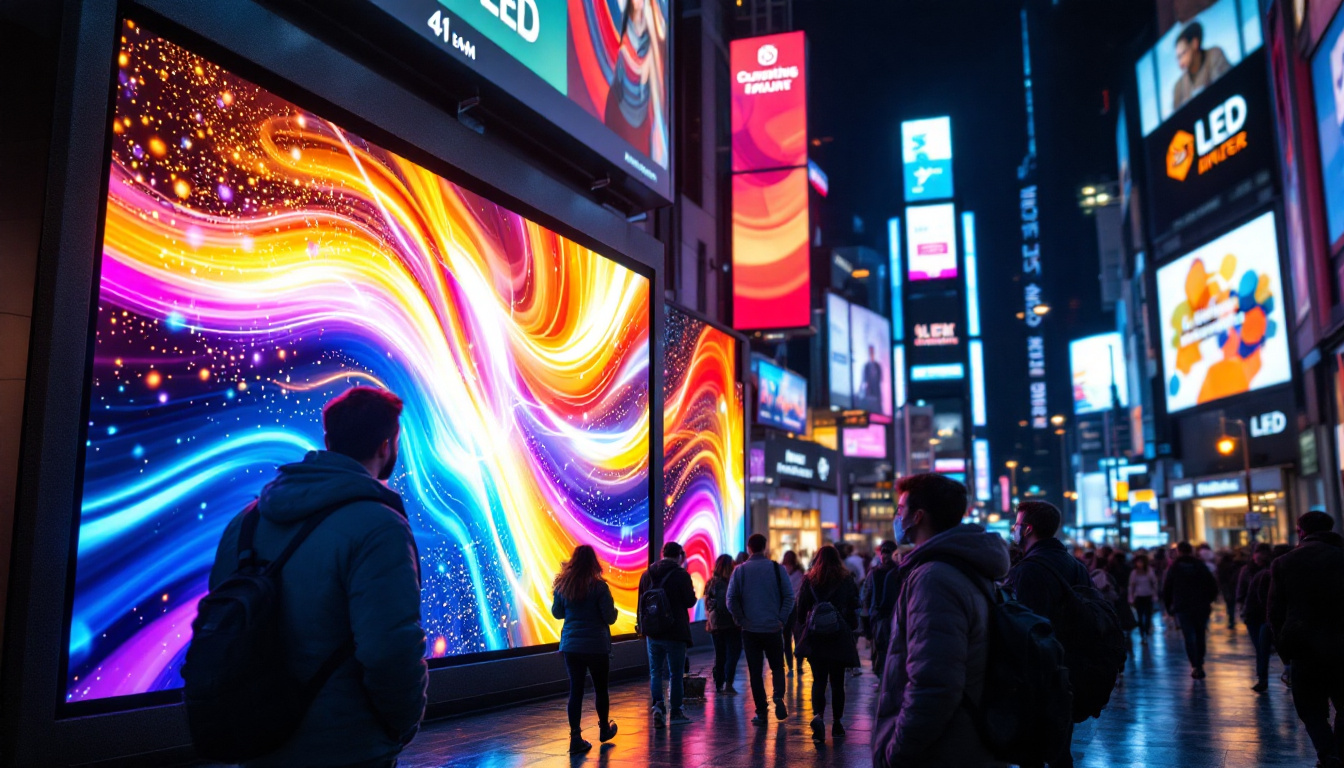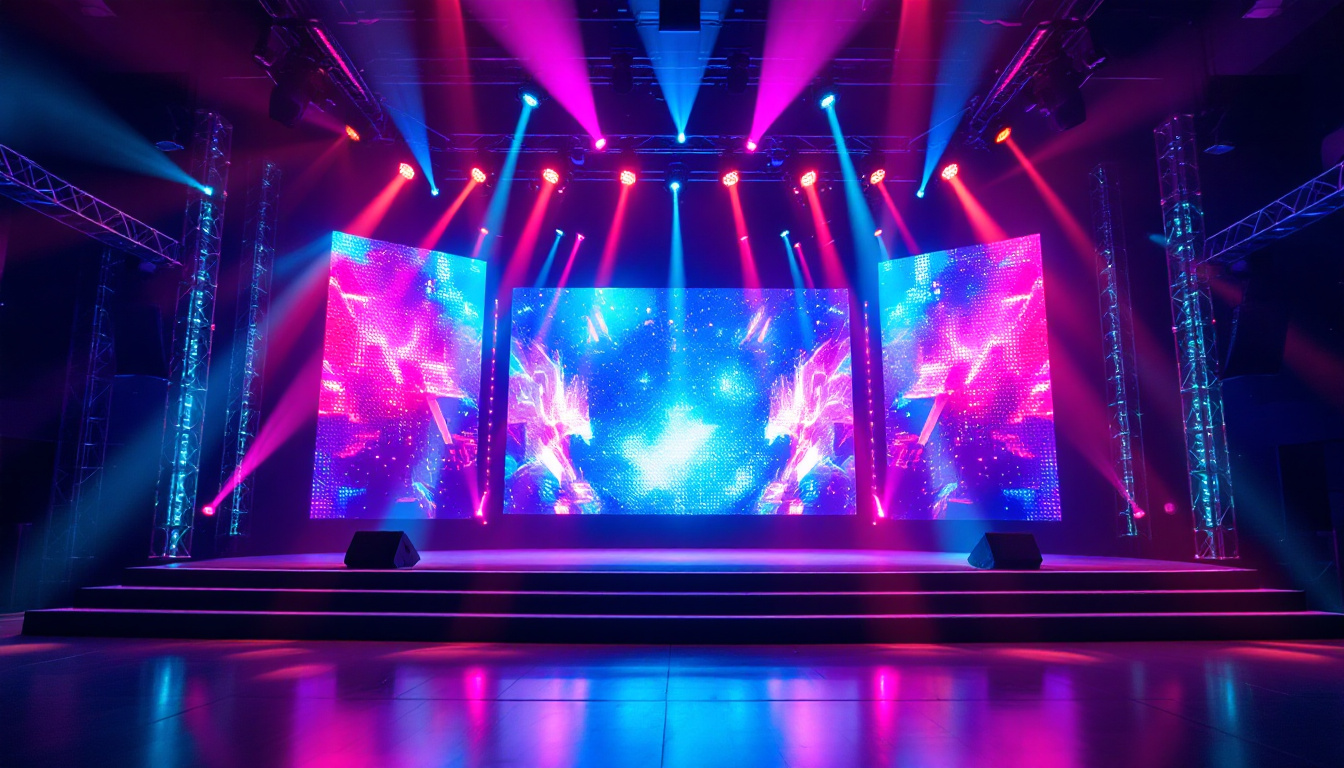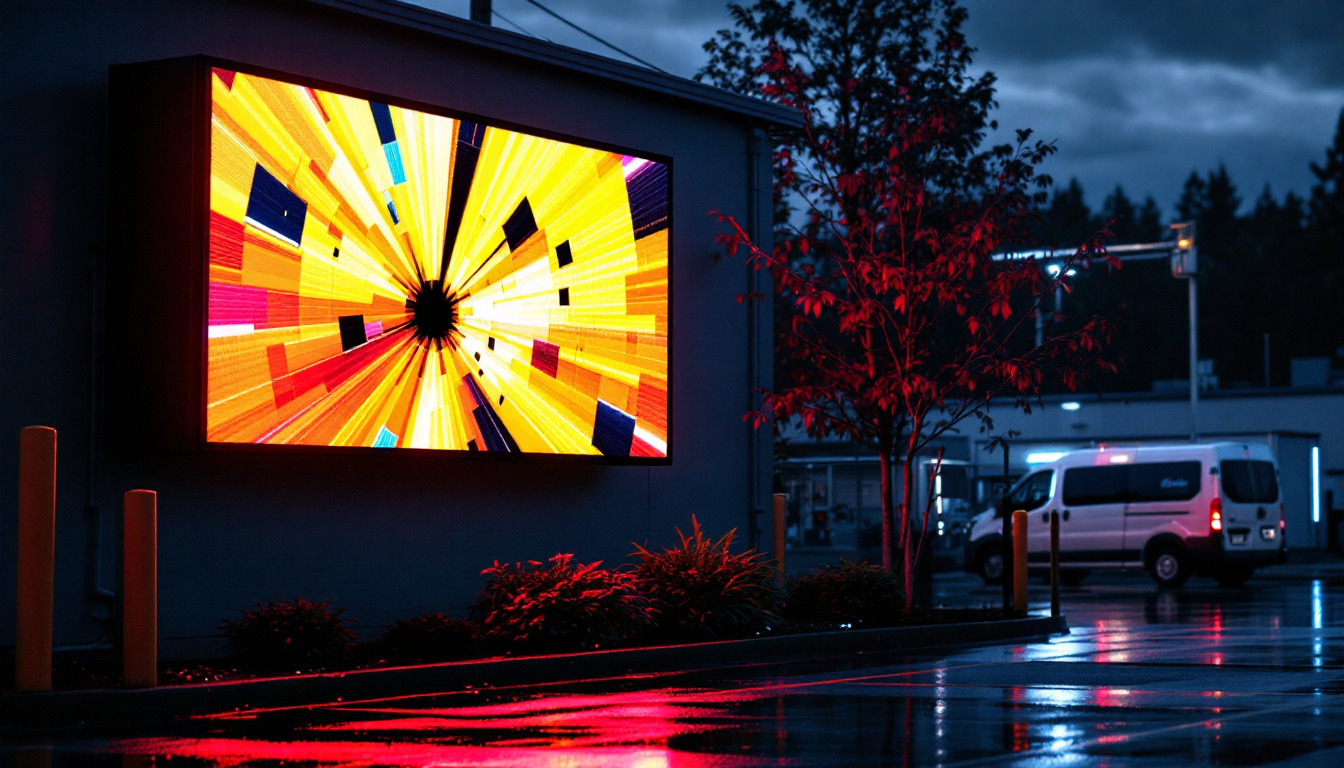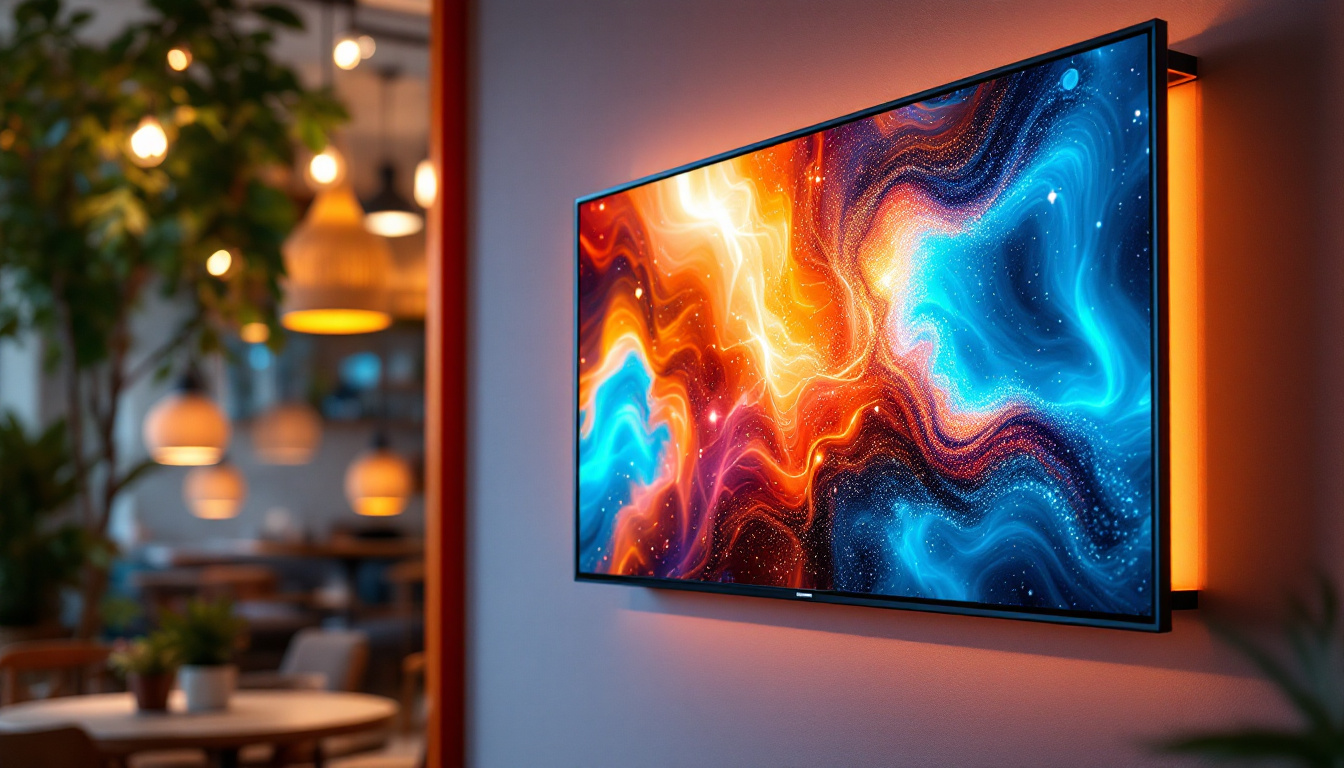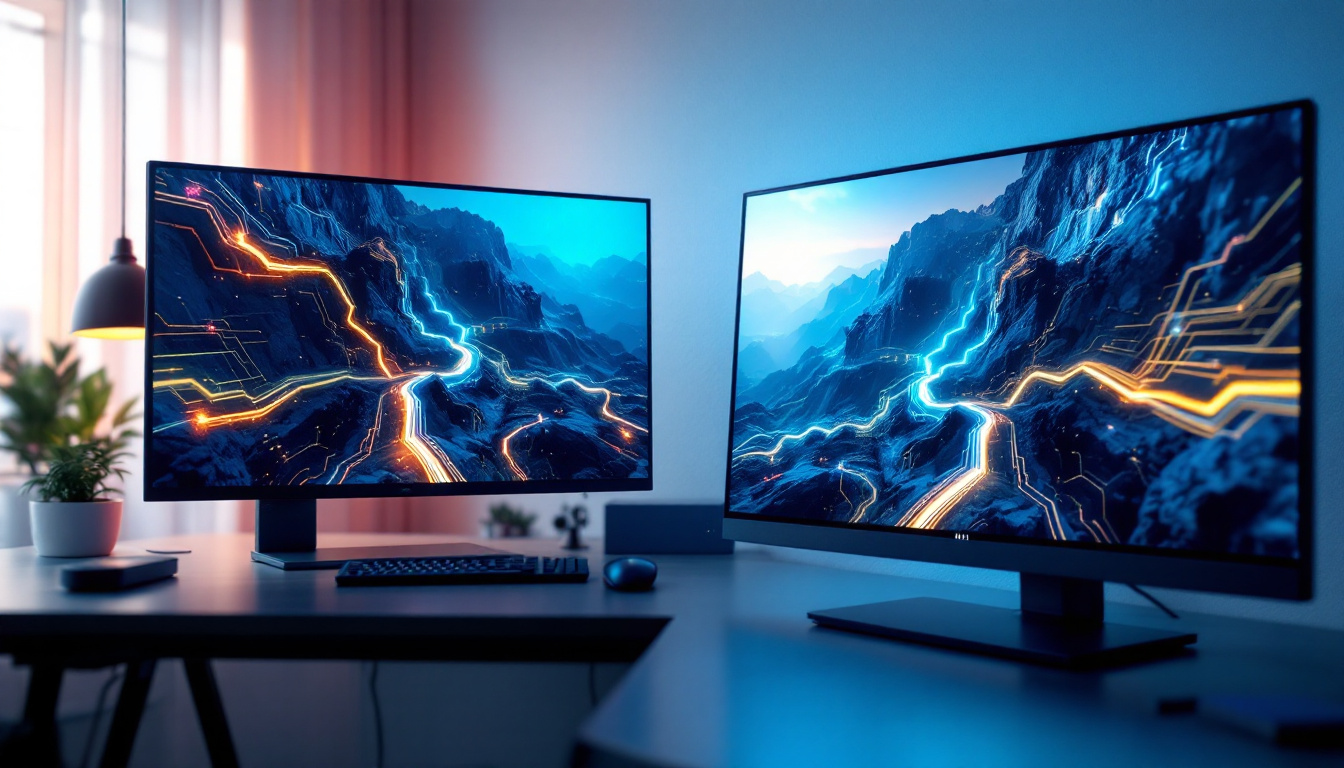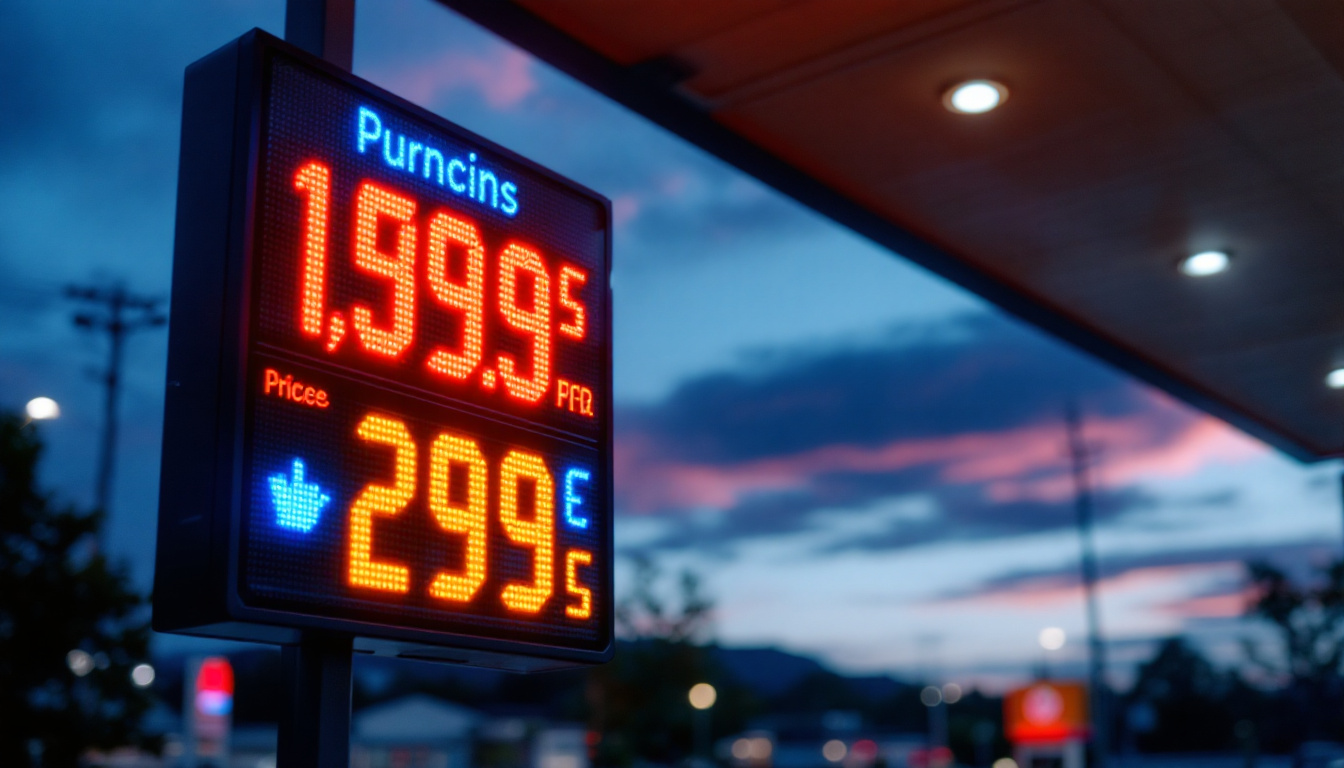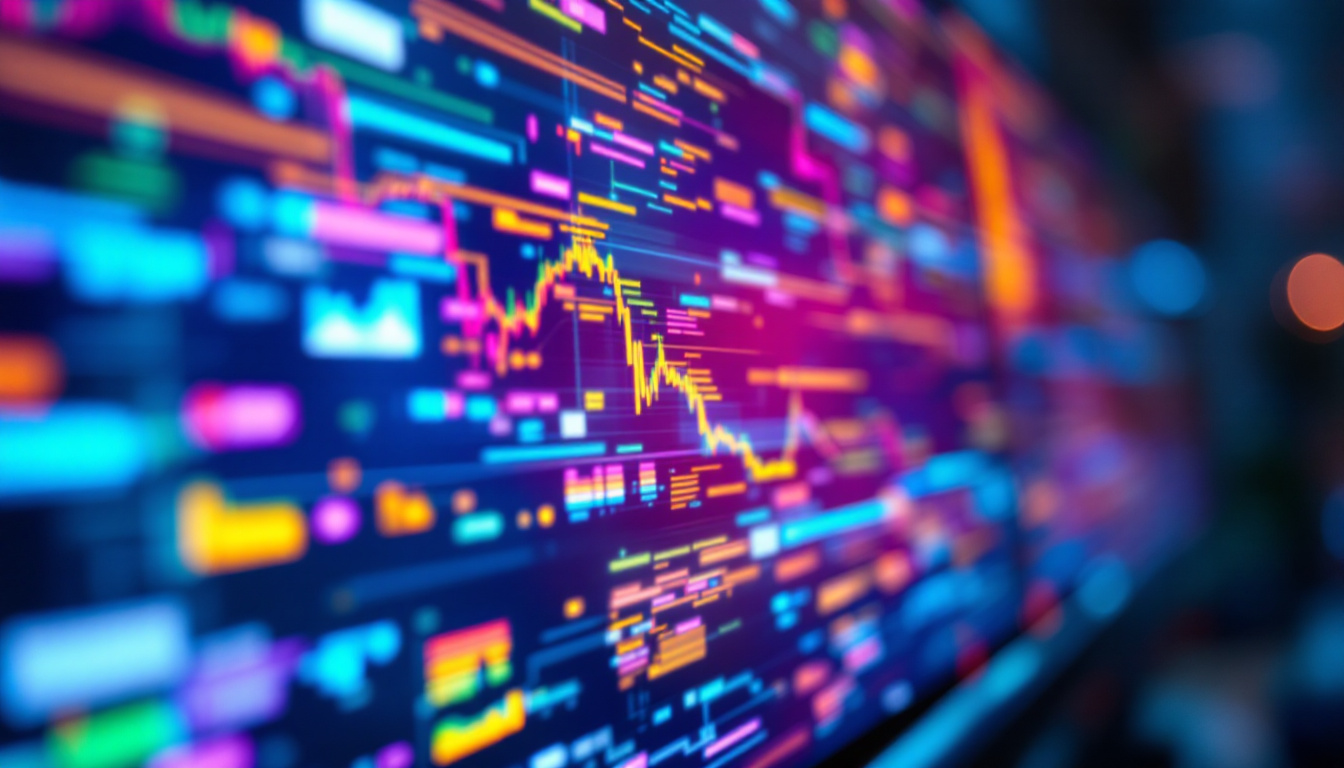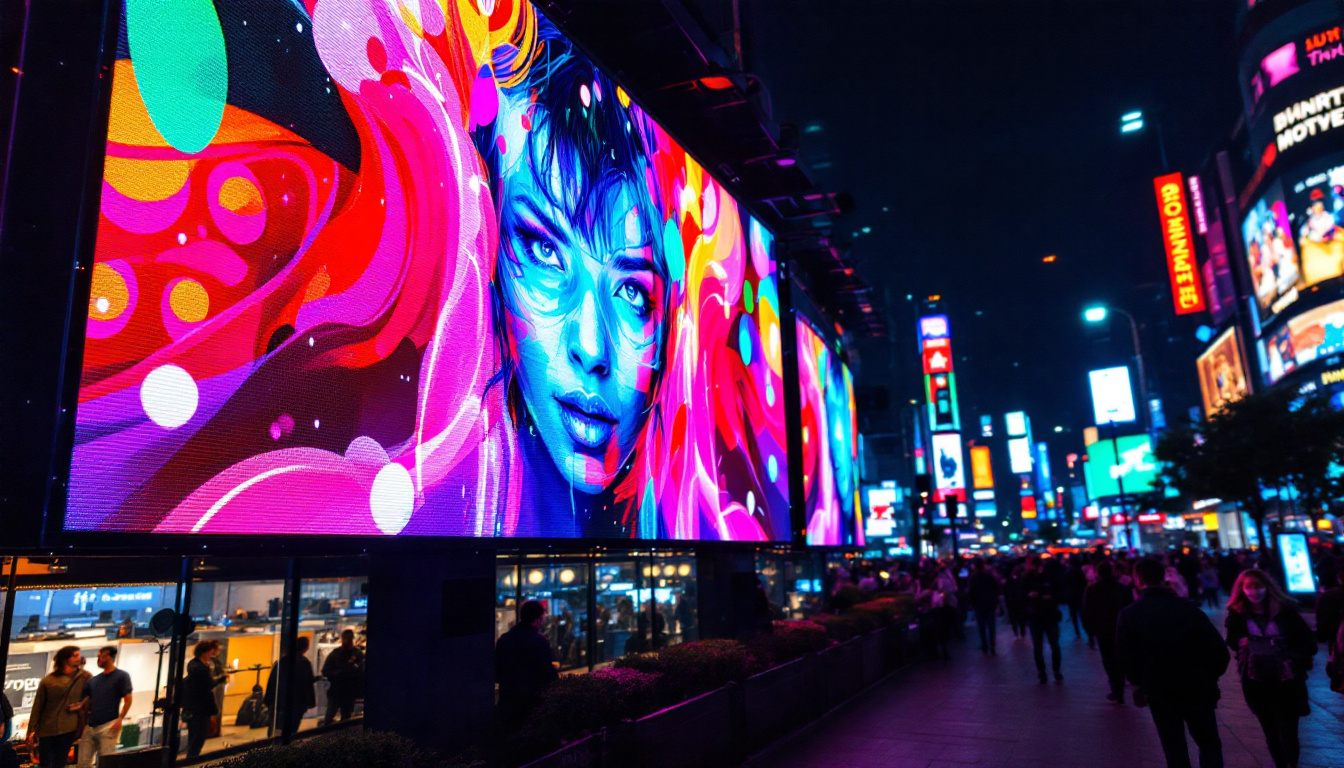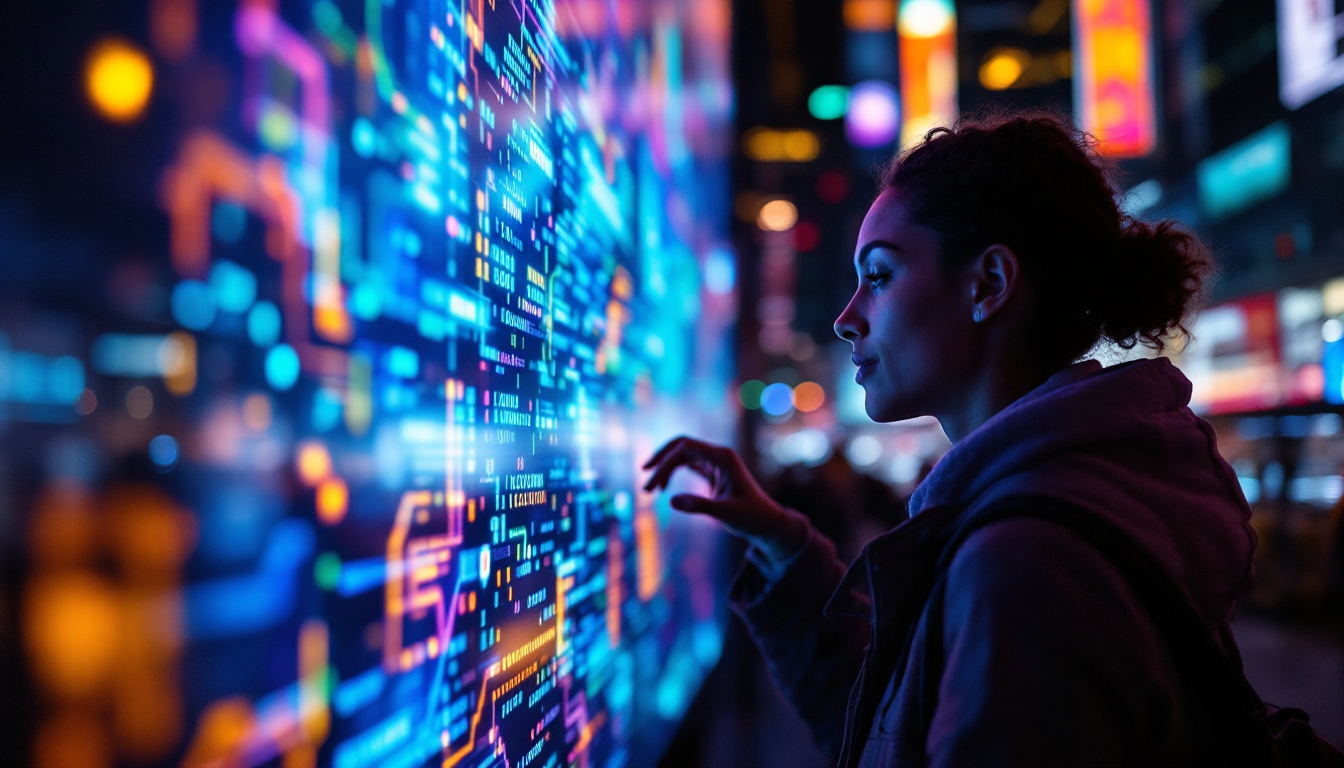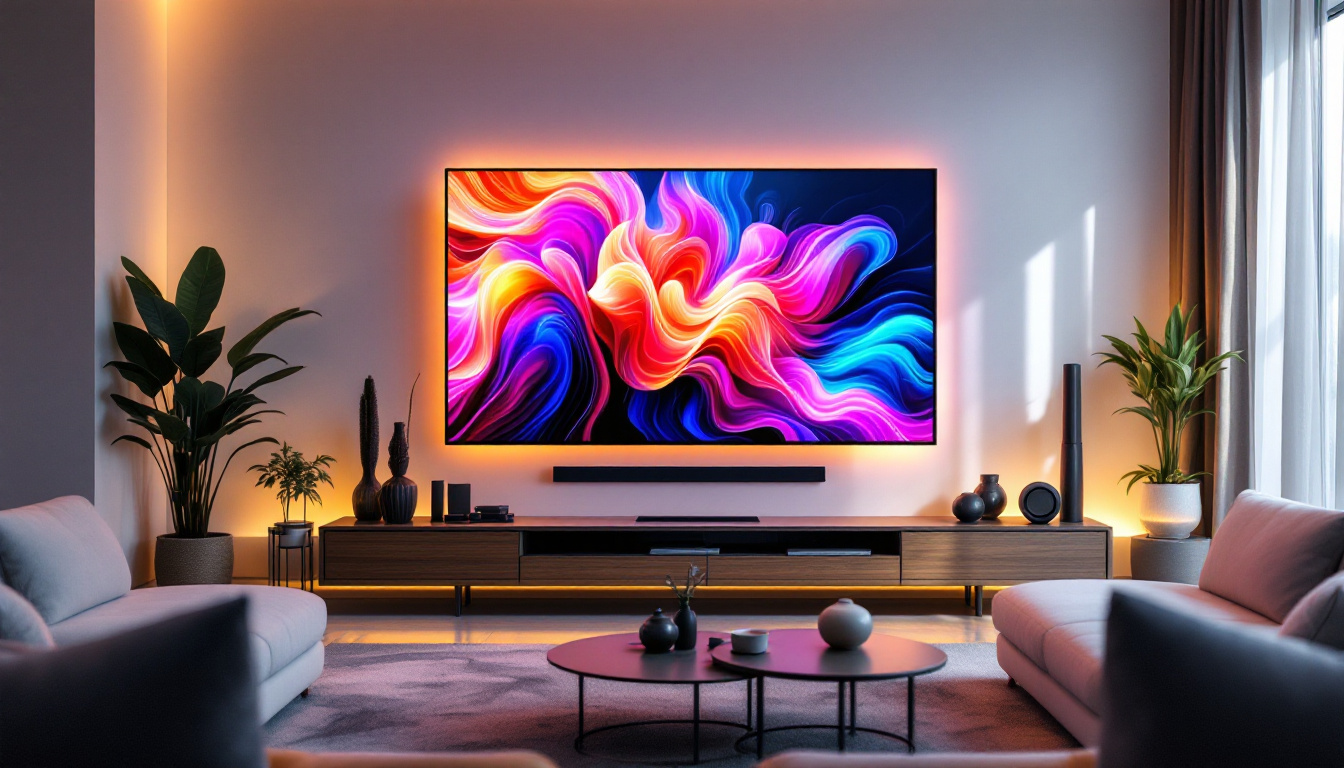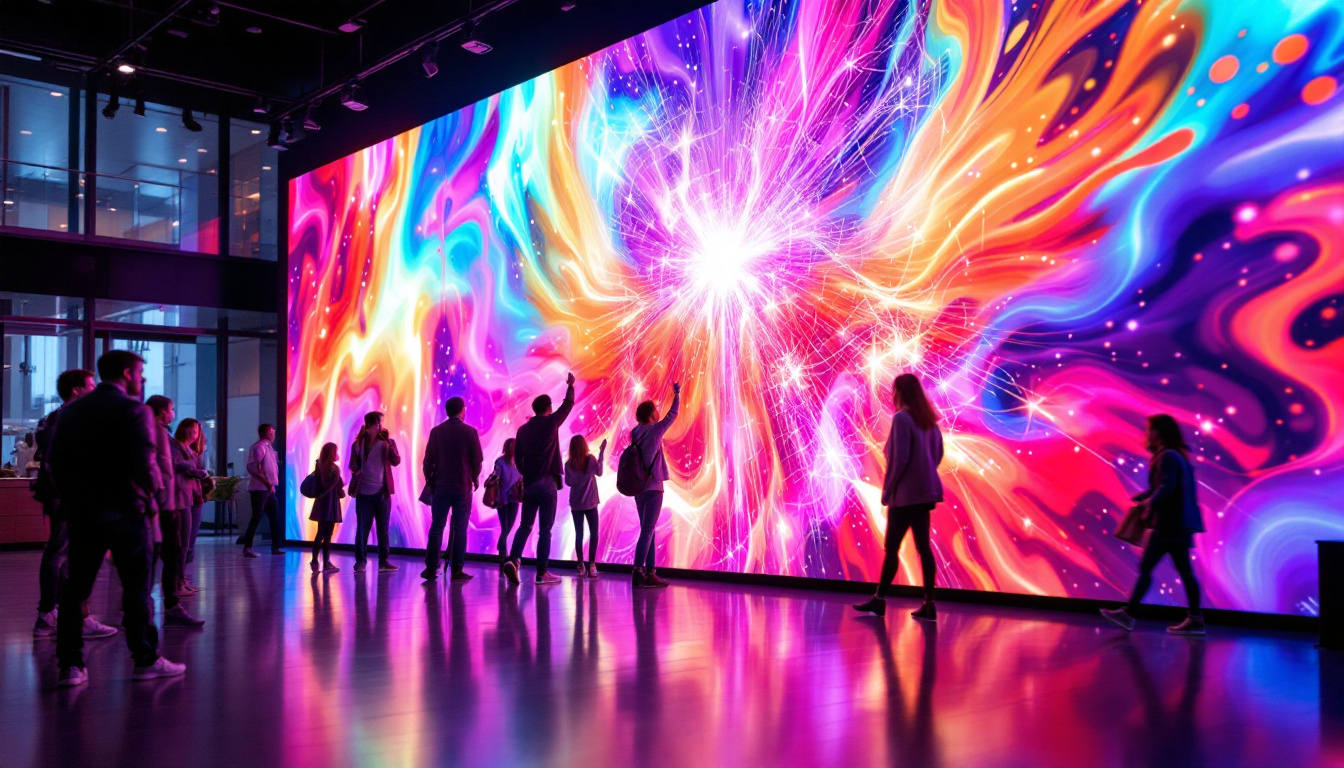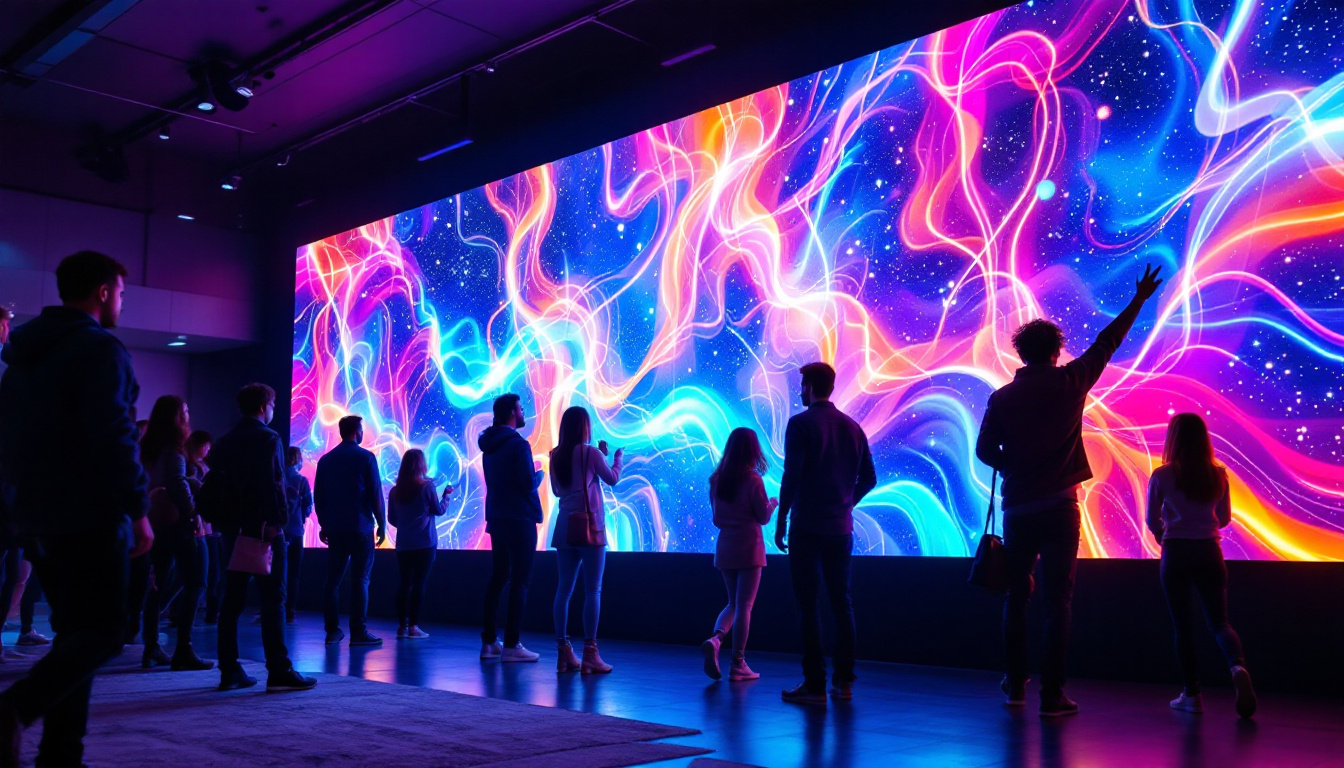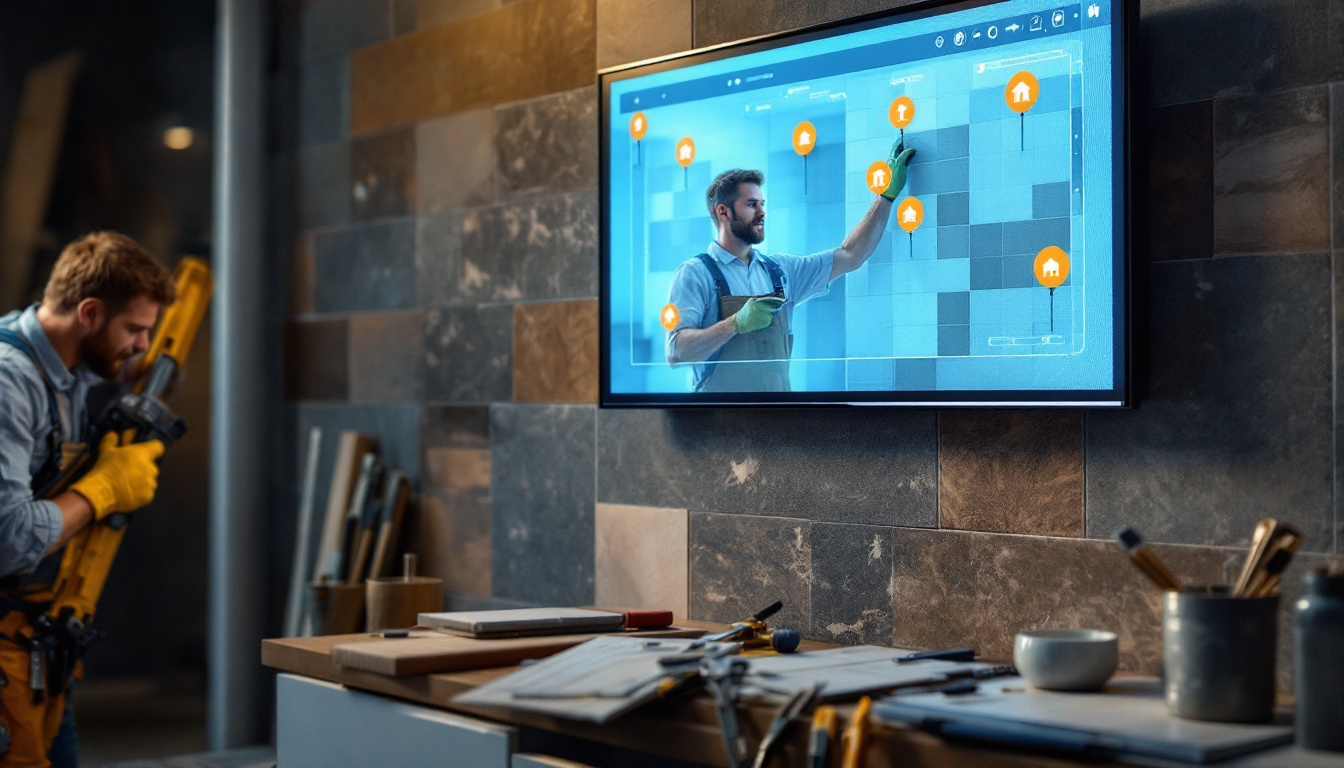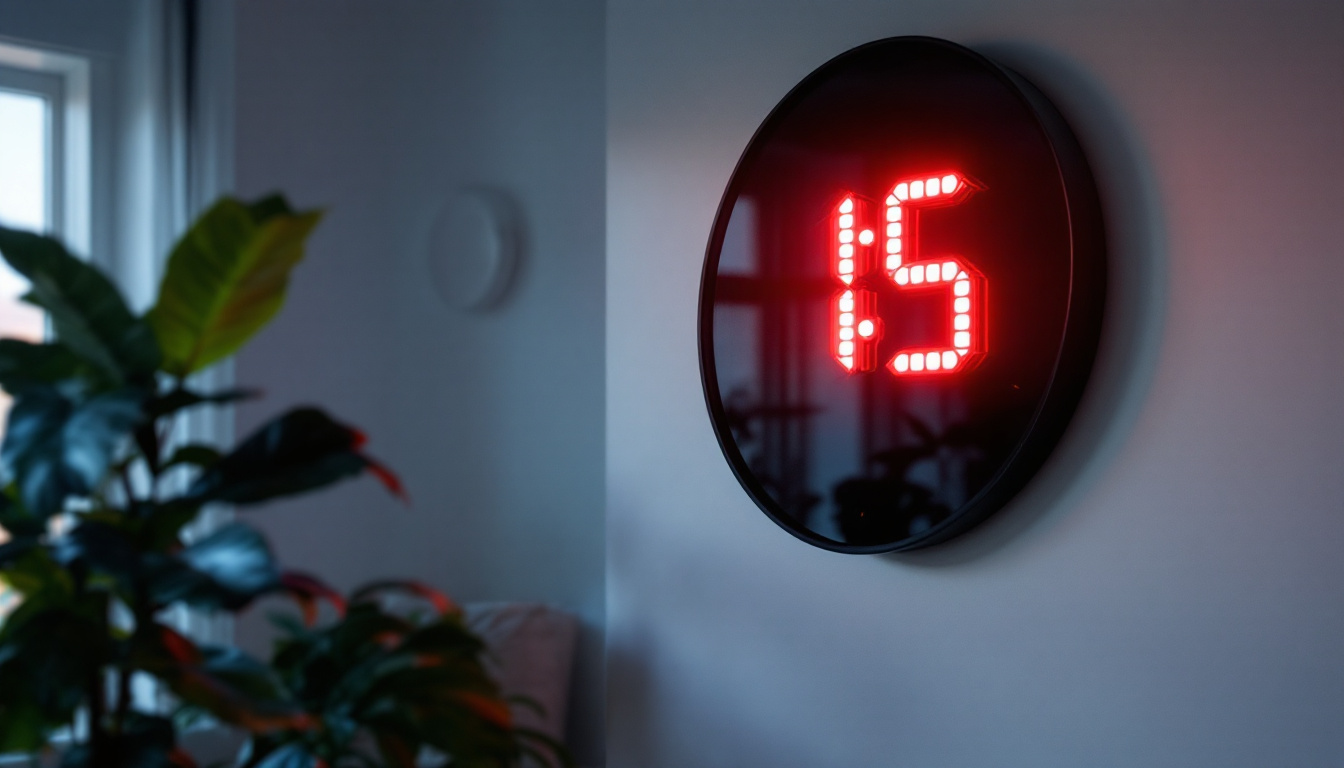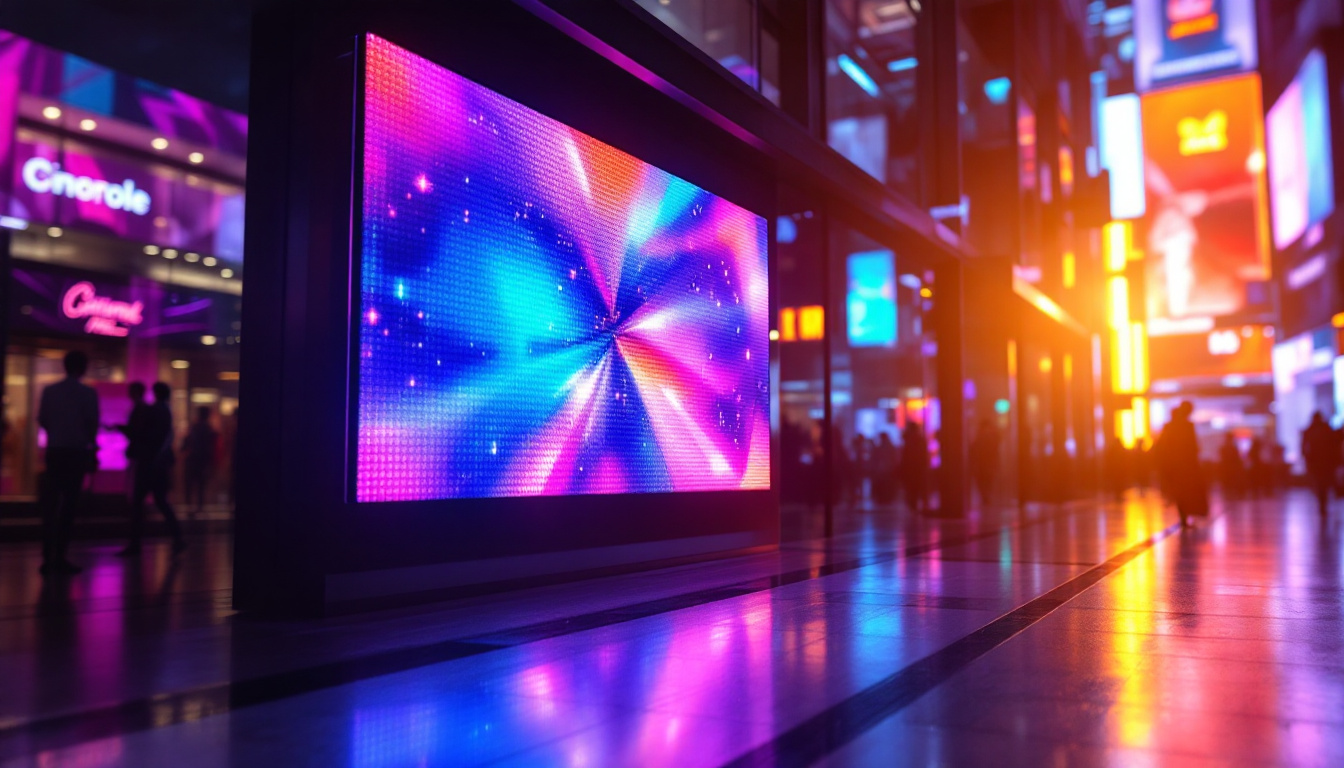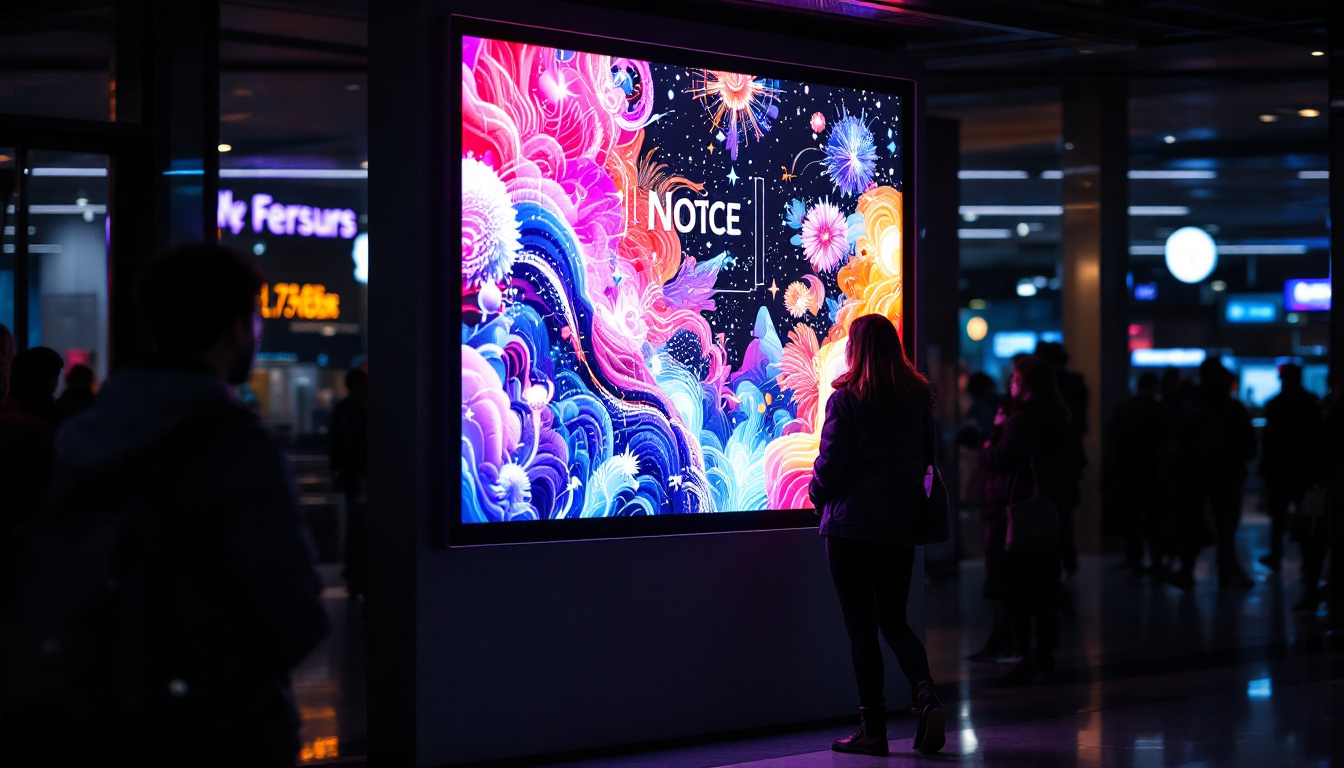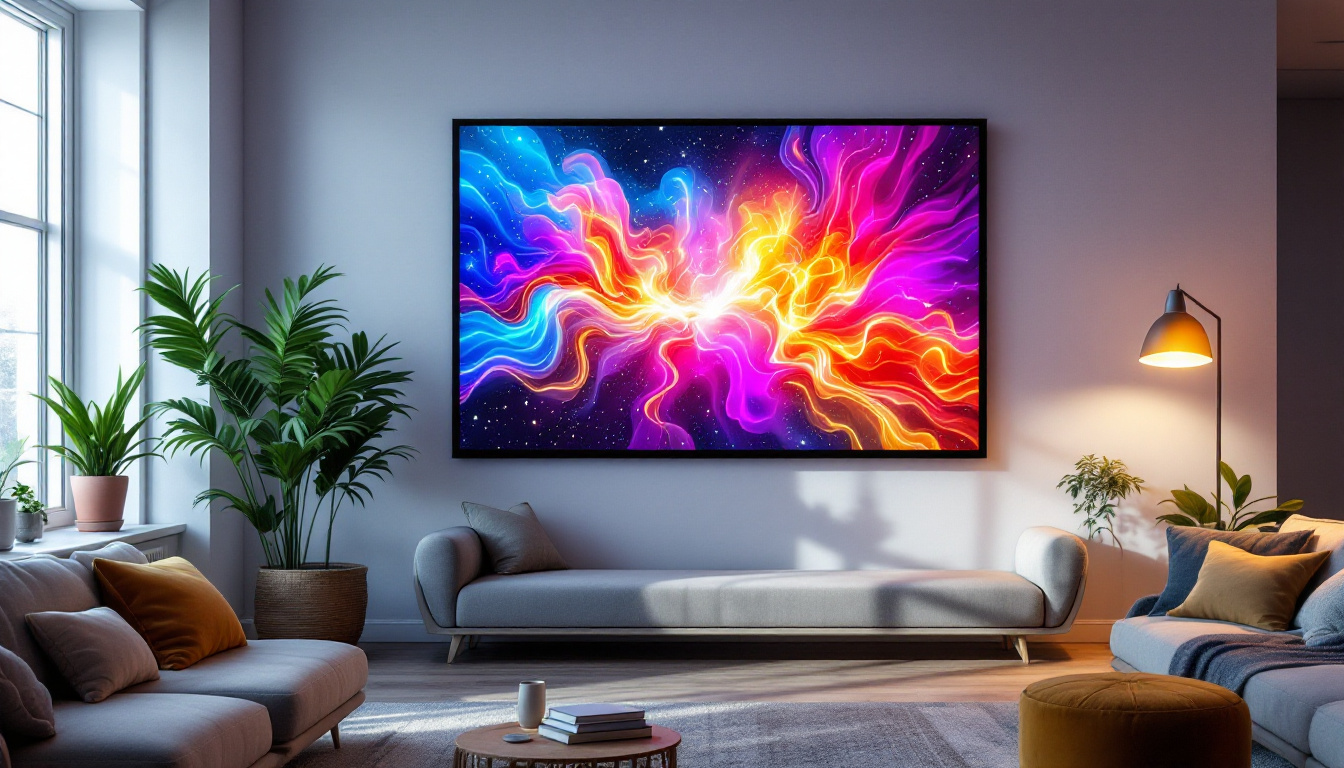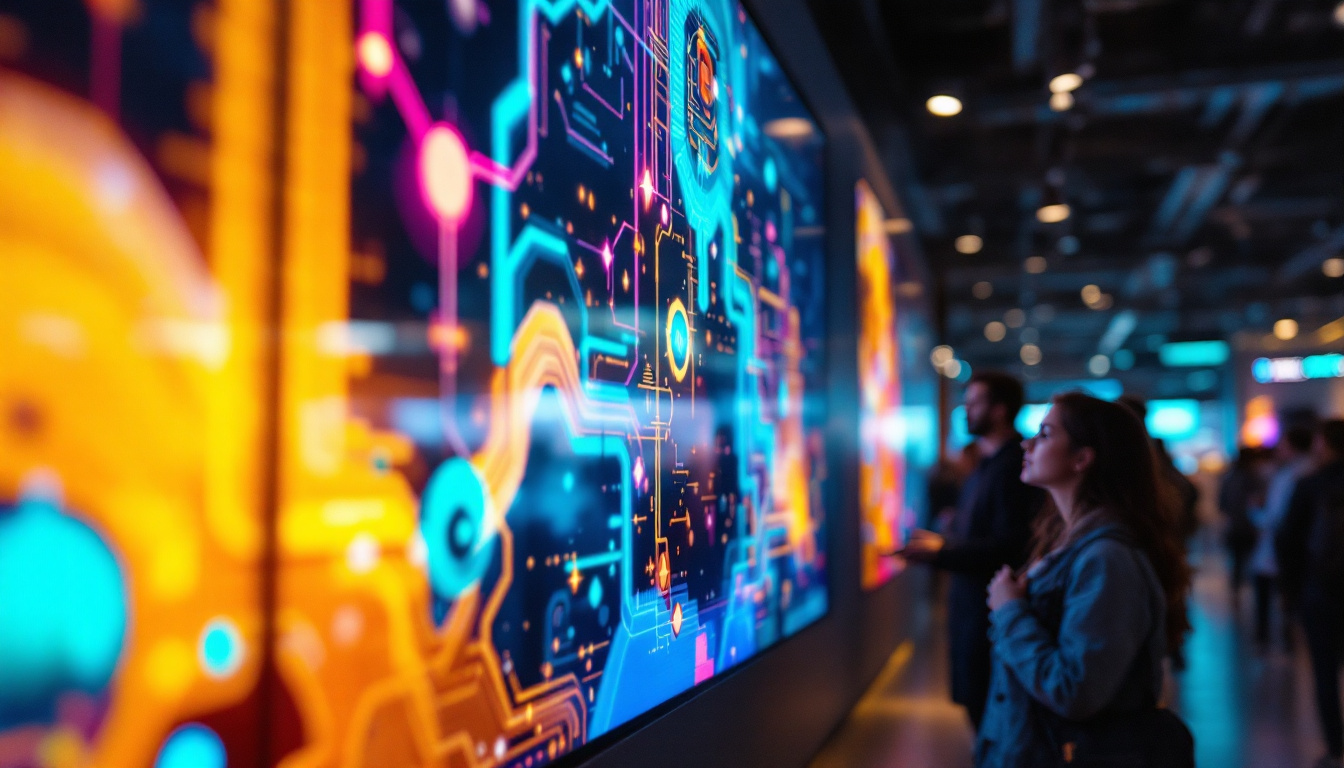In the world of advertising, visual impact is crucial. As technology evolves, so do the mediums through which brands communicate their messages. One of the most dynamic and engaging forms of advertising today is the use of LED screens. This article delves into the intricacies of LED displays, exploring their benefits, applications, and the technology behind them.
Understanding LED Technology
LED, or Light Emitting Diode, technology has revolutionized the way information is displayed. Unlike traditional advertising methods, LED screens offer vibrant colors, high brightness, and the ability to display dynamic content. This section will explore how LED technology works and its advantages over conventional display systems.
How LED Displays Work
At the core of LED displays are tiny diodes that emit light when an electric current passes through them. These diodes are grouped together to form pixels, which can produce a wide range of colors. The combination of red, green, and blue (RGB) diodes allows for the creation of millions of color variations, making LED screens exceptionally versatile.
When it comes to advertising, LED displays can be configured in various ways, including full-color displays, monochrome displays, and even flexible screens. This adaptability makes them suitable for a variety of settings, from large outdoor billboards to indoor retail displays. Furthermore, advancements in technology have led to the development of high-resolution LED displays, which provide sharper images and finer details, enhancing the overall viewing experience. These high-resolution screens are particularly beneficial in environments where close viewing is common, such as in shopping malls or at trade shows.
Advantages of LED Displays
One of the most significant advantages of LED displays is their brightness. Unlike traditional screens, which can be hard to see in direct sunlight, LED screens maintain visibility even in bright conditions. This feature is particularly advantageous for outdoor advertising, where visibility is paramount. The ability to adjust brightness levels based on ambient light conditions further enhances their functionality, ensuring that the content is always clear and engaging.
Additionally, LED displays are energy-efficient, consuming less power than older technologies. This efficiency not only reduces operational costs but also contributes to a smaller carbon footprint, making LED screens a more sustainable choice for advertisers. Moreover, the longevity of LED technology means that these displays can last significantly longer than traditional lighting solutions, resulting in lower maintenance costs and less frequent replacements. As a result, businesses can enjoy a reliable advertising medium that not only captures attention but also aligns with eco-friendly practices, appealing to a growing demographic of environmentally conscious consumers.
Applications of LED Screens in Advertising
LED screens have found a multitude of applications across various industries. Their versatility allows them to be used in different environments, each serving unique advertising needs. Below are some of the most common applications of LED displays in the advertising sector.
Outdoor Advertising
Outdoor LED displays are often seen in high-traffic areas, such as city centers, highways, and sports stadiums. These large screens can capture the attention of passersby with vibrant visuals and dynamic content. Advertisers can display multiple advertisements in a single location, rotating messages to maximize exposure.
Moreover, outdoor LED displays can be programmed to show real-time information, such as weather updates or traffic conditions, making them not only an advertising tool but also a source of valuable information for the public. The brightness and clarity of LED screens ensure visibility even in direct sunlight, making them a reliable choice for outdoor environments. Additionally, the integration of sensors can allow these displays to adjust their brightness based on ambient light, further enhancing their effectiveness.
Indoor Advertising
Indoor LED screens are commonly used in retail environments, airports, and corporate settings. In retail, they can enhance the shopping experience by showcasing promotions, product demonstrations, or brand stories. The ability to change content quickly allows retailers to adapt their messaging based on inventory or seasonal trends.
In corporate environments, LED displays can be used for presentations, internal communication, and branding. They can effectively convey messages in a visually appealing manner, enhancing engagement during meetings or events. Furthermore, the use of high-definition LED screens can elevate the quality of presentations, allowing for intricate details to be displayed clearly. This capability is particularly beneficial in training sessions or product launches, where visual impact can significantly influence audience retention and understanding.
Event and Exhibition Displays
LED screens play a vital role in events and exhibitions, where capturing attendee attention is crucial. From trade shows to concerts, these displays can be used to create immersive experiences. They can showcase live feeds, interactive content, or promotional videos that resonate with the audience.
The flexibility of LED technology allows for various configurations, including curved or transparent displays, enabling creative setups that enhance the overall aesthetic of any event. Additionally, the incorporation of augmented reality (AR) and virtual reality (VR) elements with LED screens can further engage attendees, providing them with a unique and memorable experience. As event organizers strive to create more interactive environments, the integration of LED technology will continue to evolve, offering new ways to captivate audiences and convey messages effectively.
Choosing the Right LED Display
With a plethora of options available, selecting the right LED display for advertising can be a daunting task. Several factors need to be considered to ensure the chosen display meets the specific needs of the advertising campaign.
Pixel Pitch
Pixel pitch refers to the distance between the center of one pixel to the center of the adjacent pixel. A smaller pixel pitch results in higher resolution and better image clarity, making it suitable for close viewing distances. Conversely, a larger pixel pitch may suffice for displays viewed from a distance, such as large billboards.
Understanding the intended viewing distance is crucial in determining the appropriate pixel pitch for an LED display. For instance, a display intended for a busy street corner may require a smaller pixel pitch to ensure clarity, while a display on a highway can utilize a larger pitch. Additionally, advancements in LED technology have led to the development of ultra-fine pixel pitch displays, which can deliver stunning visuals even at very close ranges, making them ideal for high-end retail environments or trade shows where detail is paramount.
Brightness Levels
Brightness is another critical factor when selecting an LED display. Measured in nits, the brightness level determines how visible the content is in various lighting conditions. For outdoor displays, a brightness level of at least 5,000 nits is recommended to ensure visibility in direct sunlight.
Indoor displays, on the other hand, may require lower brightness levels, typically around 1,000 to 2,500 nits, depending on the ambient lighting conditions. Evaluating the environment where the display will be installed is essential for optimal performance. Furthermore, it’s worth noting that some LED displays come equipped with automatic brightness adjustment features that can adapt to changing light conditions throughout the day, ensuring consistent visibility and reducing energy consumption during low-light hours.
Display Size and Configuration
The size and configuration of the LED display should align with the advertising goals. Larger displays can attract more attention, but they also require more space and a higher budget. Configurations can vary from traditional rectangular shapes to creative custom designs that fit specific spaces.
Consideration of the installation location is vital. For instance, a display placed in a confined area may benefit from a creative shape that fits the surroundings, while a large outdoor billboard can utilize a standard rectangular format. Moreover, modular LED displays allow for flexibility in size and shape, enabling advertisers to create unique configurations that can be tailored to fit unconventional spaces, such as curved walls or multi-faceted structures. This adaptability not only enhances aesthetic appeal but also maximizes the impact of the advertising message by ensuring it is prominently displayed in a way that captures the audience’s attention effectively.
The Future of LED Advertising
The future of LED advertising looks promising as technology continues to advance. Innovations in LED technology are paving the way for even more dynamic and engaging advertising experiences. Here are some trends that are shaping the future of LED displays in advertising.
Integration with Digital Technology
As digital technology evolves, so does the integration of LED displays with other digital platforms. Advertisers are increasingly leveraging data analytics and artificial intelligence to tailor content based on audience behavior and preferences. This data-driven approach allows for more personalized advertising experiences.
Moreover, the integration of augmented reality (AR) and virtual reality (VR) with LED displays is creating immersive advertising experiences that captivate audiences. These technologies allow brands to engage consumers in ways that were previously unimaginable.
Environmental Considerations
As sustainability becomes a priority for many businesses, LED displays are leading the way in eco-friendly advertising solutions. With their energy efficiency and longevity, LED screens contribute to reducing waste and energy consumption. Future innovations may further enhance their sustainability, such as recyclable materials and improved energy sources.
Brands are increasingly recognizing the importance of aligning their advertising strategies with environmentally conscious practices, making LED displays an attractive option for responsible advertising.
Enhanced Interactivity
Interactivity is becoming a key component of modern advertising. LED displays are evolving to incorporate touch and gesture recognition, allowing consumers to engage directly with the content. This level of interaction not only enhances user experience but also fosters deeper connections between brands and consumers.
As technology continues to advance, the potential for interactive advertising on LED displays will only grow, offering brands new ways to engage and captivate their audiences.
Conclusion
LED screens have transformed the landscape of advertising, offering a dynamic and visually striking medium for brands to communicate their messages. With their versatility, energy efficiency, and ability to deliver real-time content, LED displays are becoming an essential tool in the advertising arsenal.
As technology continues to evolve, the future of LED advertising looks bright. Brands that embrace these innovations will not only enhance their visibility but also create meaningful connections with their audiences. The journey of LED displays in advertising is just beginning, and the possibilities are limitless.
Discover LumenMatrix’s Innovative LED Solutions
Ready to elevate your advertising strategy with cutting-edge LED technology? Look no further than LumenMatrix, a pioneer in crafting visually stunning and technologically advanced LED display modules. From vibrant Indoor and Outdoor LED Wall Displays to versatile Vehicle and Sports LED Displays, and from engaging LED Poster and Floor Displays to Custom and All-in-One LED solutions, LumenMatrix is committed to revolutionizing visual communication. Experience the future of advertising with our LED Transparent Displays that promise to captivate your audience and amplify your message. Check out LumenMatrix LED Display Solutions today and transform your brand’s visibility with unforgettable visual experiences.

